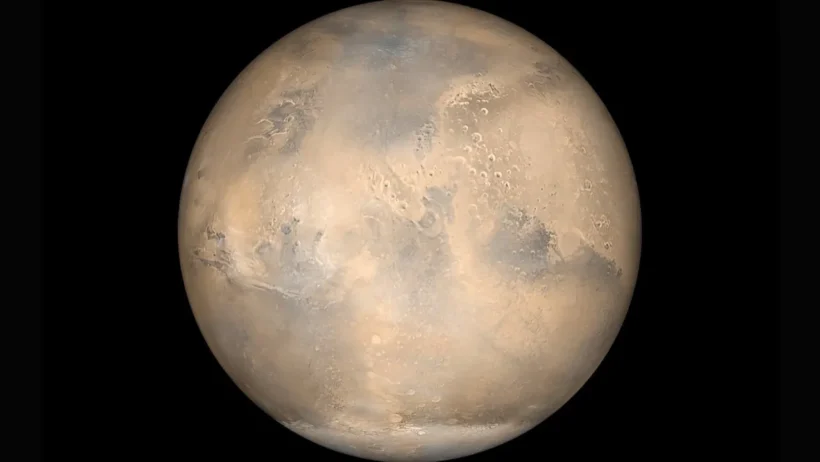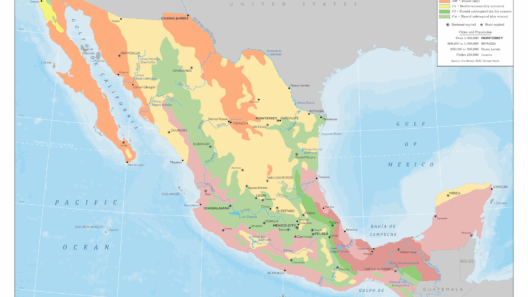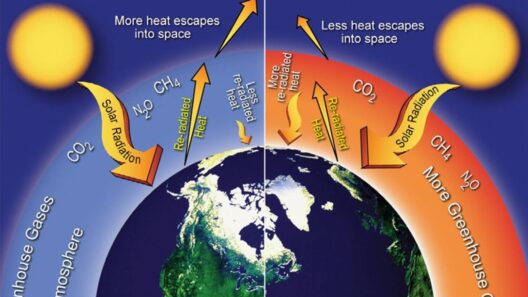The exploration of Mars has unveiled many mesmerizing features, prompting an intriguing question: Are the canals on Mars evidence of climate change flooding? As we delve deeper into the mysteries of our neighboring planet, we encounter landscapes that may provide crucial insight into the climatic history of not just Mars, but also Earth.
The juxtaposition of the Martian surface reveals striking geologic formations that bear a resemblance to those we find in coastal or riverine landscapes on Earth. The existence of these canals, with their sprawling expanses and intricate networks, ignites curiosity about whether they were formed by ancient bodies of water or are artifacts of a different kind of geological activity. This exploration leads us to examine the possibility that climate change—a phenomenon increasingly familiar on our own planet—may resonate through the annals of Martian history.
To embark on this venture, we must first unravel the narrative presented by the observable features on Mars. The canals display a curious morphology; some are narrow and meandering, while others boast a more pronounced width. These characteristics provoke a visual parallel with terrestrial river valleys shaped by torrents of water. The aesthetic appeal of these Martian structures is undeniable—they mimic veins traversing the surface, revealing a time when liquid water may have coursed freely. This imagery serves as an artistic representation of the potential for climatic shifts that can alter a planet’s landscape irrevocably.
In considering the implications behind these canals, we must delve into the geological underpinnings. The prevailing hypothesis suggests that Mars, in its distant past, harbored a more robust atmosphere, conducive to the persistence of liquid water. The evidence stemming from satellites and rovers indicates the presence of ancient riverbeds, deltas, and even polar ice caps. One cannot ignore the tantalizing possibility that changes in atmospheric conditions—akin to those observed on Earth due to anthropogenic climate change—may have precipitated the transformation of Mars from a lush, vibrant milieu into the desolate landscape we see today. If the canals are indeed remnants of this ancient hydrological system, they could serve as a testament to the planet’s increasingly inhospitable environment.
Intriguingly, the potential relationship between the Martian canals and climate change evokes a sense of urgency regarding our own planet’s trajectory. As we delve into the causes of climate change on Earth—rising temperatures, melting ice caps, and extreme weather patterns—we cannot help but contemplate the paths our strategies must traverse. The canals on Mars serve as not only a scientific focal point but as a cautionary tale. They echo the delicate balance that once prevailed, highlighting the fragility of ecosystems that can all too quickly recede into history.
The aesthetic phenomenon of the Martian canals also encourages a dialogue about planetary exploration itself. With advanced technology, we have gained the ability to scrutinize the intricate details of Martian geography. High-resolution imaging and detailed three-dimensional maps pave the way for understanding the formation processes of these waterways. As scientists scrutinize the channels, they begin to theorize about the velocities and volumes of water that may have shaped these vistas. This analysis begs the question: if our perceptions of climate change are derived from terrestrial analogs, what might we unknowingly dismiss regarding the climatic changes in our solar neighborhood that could reshape our perspective on Earth’s future?
The narrative surrounding climate change inevitably invites reflection on the interconnectedness of planetary systems. As we advance our understanding, one may muse whether the exploration of Mars offers crucial lessons in resource management; the apparent conclusion being that nothing is permanent. The ecosystems and climates that we once took for granted may languish under the weight of time and neglect. Just as the water carved out Martian landscapes, so too does human impact etch its mark on Earth.
Ultimately, the question of whether the canals on Mars are indicative of climate change flooding encapsulates a broader concern surrounding planetary evolution. They insinuate a narrative of water, erosion, and environmental shifts that demand thorough exploration. The aesthetic qualities of these formations serve to emphasize their geomorphological significance as well as their potential to inspire future generations of scientists and environmentalists. Understanding the past is critical; much like studying the ancient canals of Mars allows us a glimpse into our planet’s future. Through this synthesis of knowledge and intrigue, we can hope to advance a deeper appreciation for the delicate balance that sustains both our world and the worlds beyond. How we steward this balance could ultimately define the future of civilization itself.







